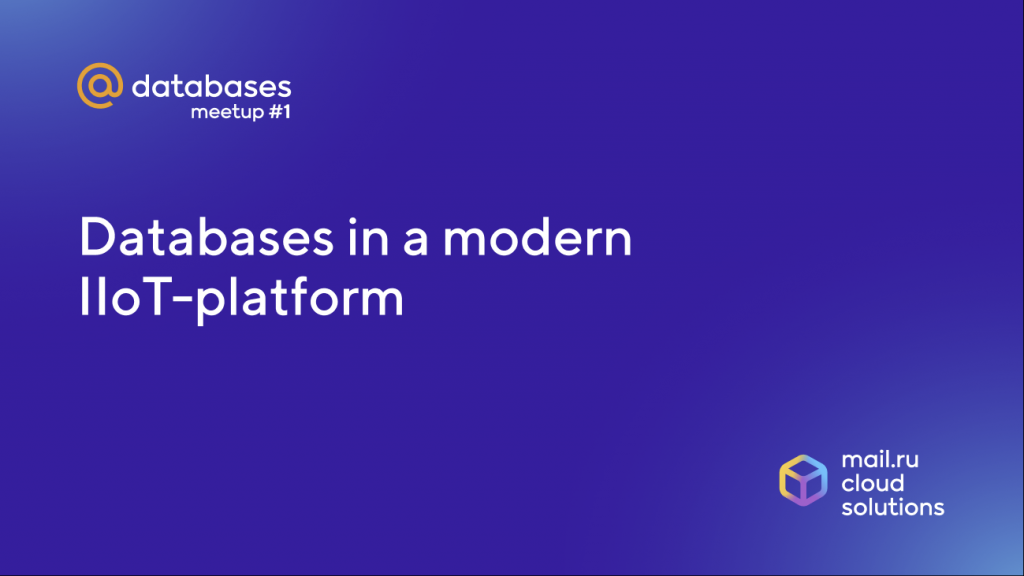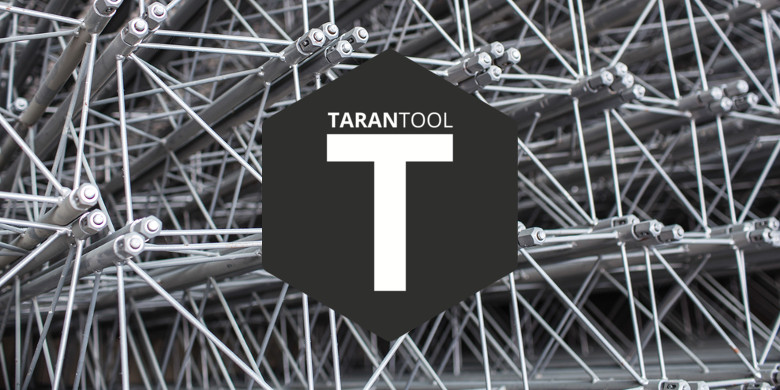Link to GitHub. More details about the operation of the algorithm and the module can be found here.
The ACME protocol client is used to automatically obtain a security certificate for your site. Basically everyone uses Let's Encrypt to get a free certificate and auto-renewal. But there are other services, such as Zero SSL. It also supports the ACME protocol.
I relied on two articles from Habr (this and this), as well as RFC8555. But the information in them was not enough to implement their own version of the modulation. At least several times higher than several implementations of the module [at another level]. The tests were conducted on a live service, so there are no autotests yet. You can write and init pull request.
The module is written under Linux. Only the second version of the protocol is considered.










